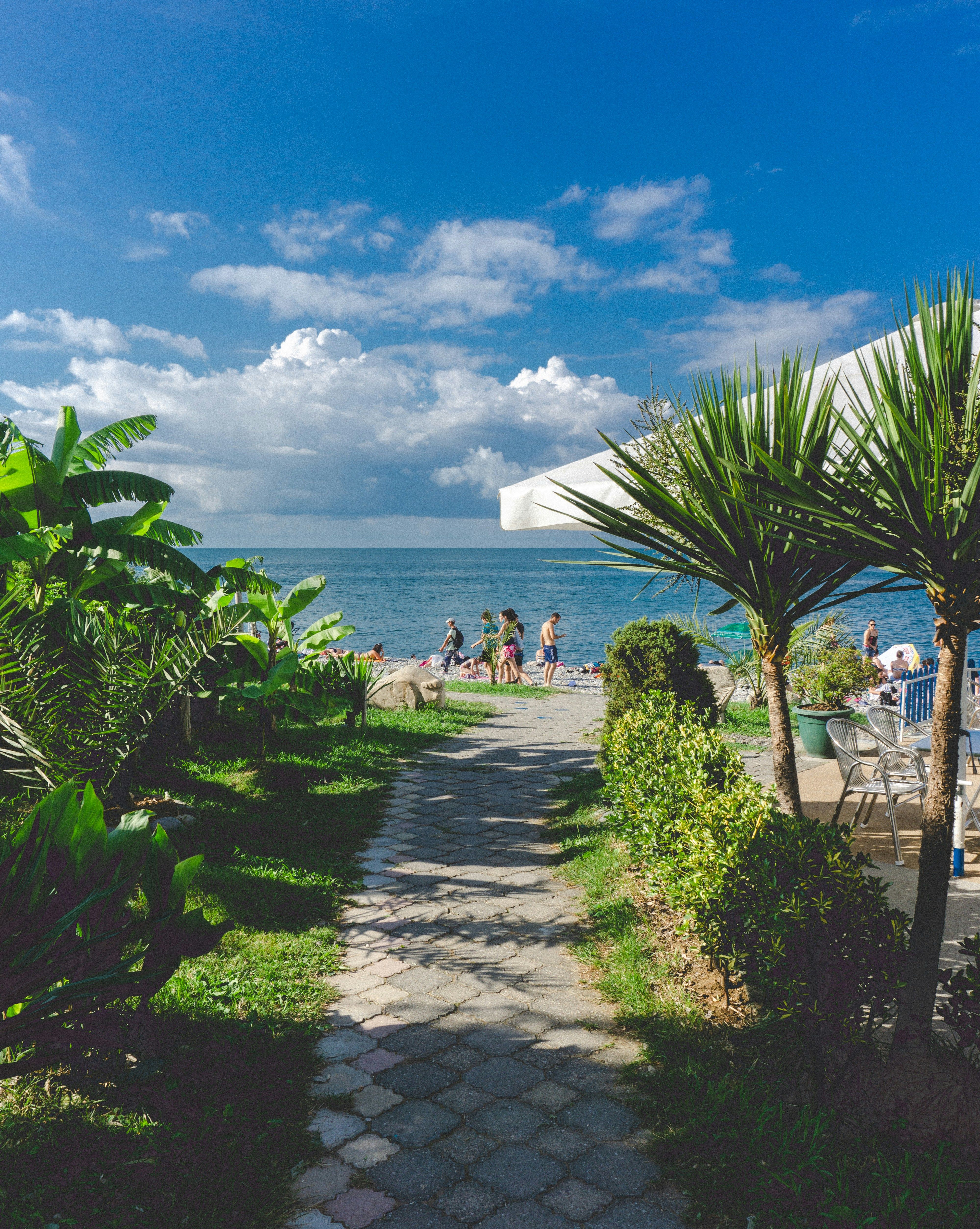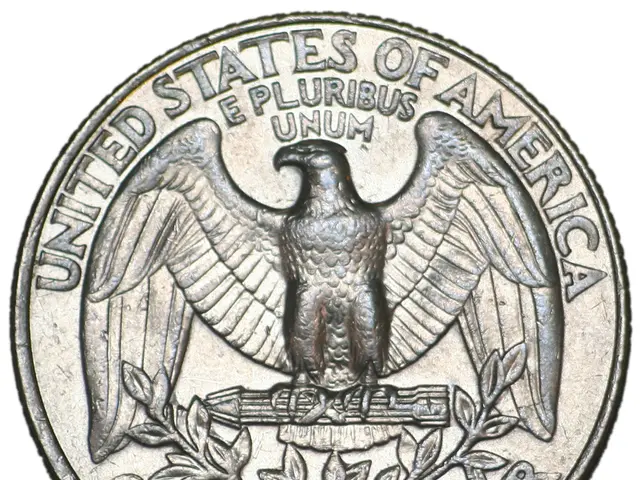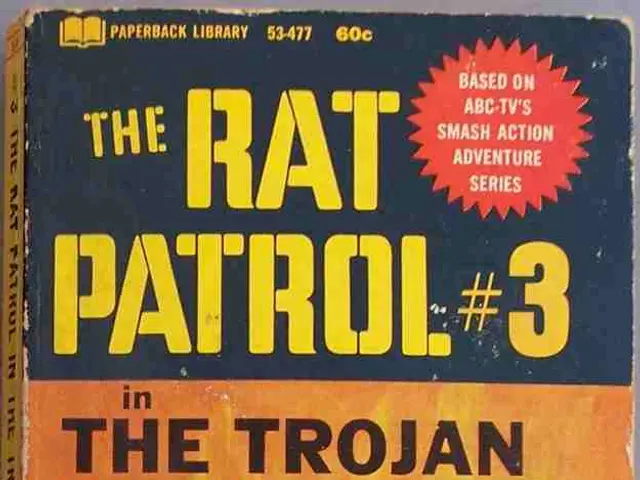Sears Holdings agrees on a $175 million settlement with Lampert and associates
Sears Holdings and Former CEO Reach Bankruptcy Settlement After Four Years
After nearly four long years in bankruptcy, Sears Holdings and its creditors have reached a settlement with former CEO and majority owner Eddie Lampert and other investors, potentially ending years-long litigation against Lampert and other defendants over allegations of asset stripping and self-dealing.
Paving the way for resolution, the settlement is expected to address accusations of asset stripping and self-dealing in the years leading to Sears Holdings' 2018 bankruptcy. If approved by a federal bankruptcy judge, the settlement is poised to pay plaintiffs $175 million, with $125.6 million coming from insurers, $41.9 million from the defendants, and $7.5 million from shareholding funds.
A Decade of Retail Decline
Once a sprawling retailer with thousands of stores under the Sears and Kmart brands, along with major property holdings and valuable owned brands, Sears Holdings had significantly shrunk by the time it filed for bankruptcy. Many stores had closed, major assets like property, beloved products brands, and retail banners such as Sears Canada had been sold or spun off.
These sales and spinoffs form the crux of the lawsuit against Lampert and other defendants. Lampert and his hedge fund ESL Investments had invested in and often taken controlling stakes in many of the divested assets, including Sears Canada, Lands' End, and Seritage Growth Properties (which included a large portfolio of Sears Holdings' real estate).
In their complaint, the plaintiffs allege that Lampert caused billions of dollars of cash and other assets to be transferred to himself, Sears Holdings' other shareholders, and other third parties.
The New Chapter in Sears Holdings' Legacy
Today, Sears Holdings remains largely a paper entity that has been stuck in Chapter 11 purgatory for years, with the litigation against Lampert and other parties holding up final execution of its bankruptcy plan, approved long ago. In early 2019, the remaining Sears and Kmarts were sold to Transformco, controlled by Lampert. Most of those stores have since closed, leaving only a handful of Kmarts and Sears Holdings department stores open in the U.S.
The legal saga surrounding Sears' bankruptcy has kept creditors waiting for payment. These creditors include many retailer suppliers, who await payment for products shipped to Sears Holdings years ago, just before the company's bankruptcy and the sale of its remaining stores to Transformco.
The time in Chapter 11, coupled with the complexity of the Sears case, has made it the most expensive retail bankruptcy of its era. And the numerous legal and consulting fees owed by Sears Holdings have made it even harder for vendors to recover losses.
With a settlement, an end to the legal saga of Sears' bankruptcy may finally be in sight.
- The settlement, if approved, could potentially resolve allegations of asset stripping and self-dealing in the AI and business decision-making surrounding the sale and spinoff of assets within the retail industry, specifically involving Sears Holdings and its former CEO, Eddie Lampert.
- The financial industry will closely watch the outcome of the settlement, as it could impact the law regulating asset stripping and self-dealing in the context of bankruptcy, potentially shedding light on the legal responsibilities of leaders in the business world during such periods.
- With the settlement potentially ending Years of litigation, the future of the remnant Sears Holdings might pivot towards a fresh focus on business operations, aiming to revitalize the brand amid the decline in the retail industry, as witnessed by the closure of many Sears and Kmart stores.






